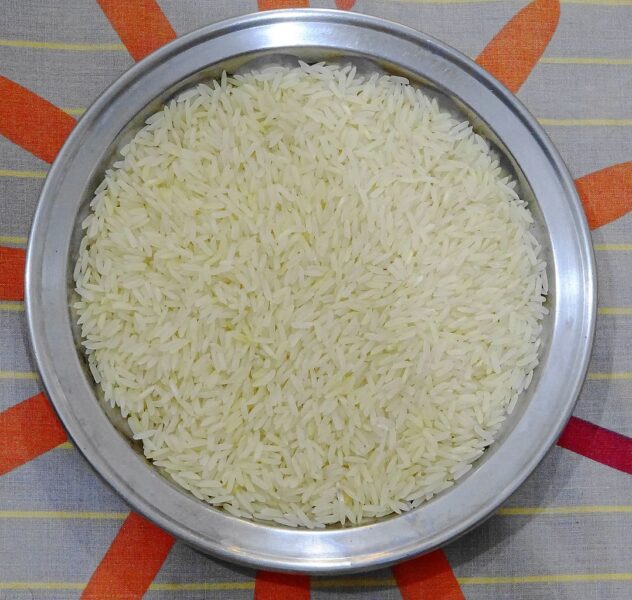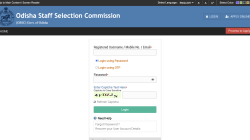Monitoring of Thai Jasmine Rice Packaging in China
The Commerce Ministry has been closely monitoring reports of Cambodian-grown rice products being sold in China. These products use packaging that features the Thai flag and a certification emblem resembling the official Thai Hom Mali Rice Certificate Mark. This logo, which consists of an ear of rice on a green background, is issued by the Department of Foreign Trade to certify genuine Thai Hom Mali rice.
Sunanta Kangvalkulkij, director-general of the Ministry of Commerce’s Department of International Trade Promotion (DITP), shared that the reports originated from Thais living in China. They noticed the emblem in Chinese supermarkets, which appeared similar to the official certification mark for Thai jasmine rice.
DITP offices in seven Chinese cities have conducted investigations into both online and offline sales channels. These include e-commerce platforms such as Taobao, JD.com, and Pinduoduo. Some products are labeled in Chinese as “Cambodian Jasmine Rice,” while others use the term “Thai Hom Mali Rice.” This labeling can cause confusion among Chinese consumers, leading them to believe they are purchasing authentic Thai Hom Mali rice.
Such misrepresentation could harm the image of Thai jasmine rice and erode consumer trust in the Chinese market. Ms. Sunanta emphasized the need to address this issue promptly to protect the reputation of the product.
To tackle this problem, DITP offices have implemented several measures. These include consulting with Thai Hom Mali rice importers and online platforms to prevent the sale of incorrectly labeled rice. Additionally, efforts are underway to raise awareness among Chinese consumers about the correct Thai Hom Mali Rice Certificate Mark.
Collaboration with the Ministry of Commerce office in Beijing has also been initiated to discuss stricter controls on misleading products with the State Administration for Market Regulation (SAMR). Further legal action may be taken against those found guilty of false advertising or infringing on consumer rights.
Supporting Rice Farmers and Stabilizing Prices
In a separate development, the National Rice Policy and Management Committee (NRPMC) approved measures with a total budget exceeding 50 billion baht to support in-season rice farmers. The initiative aims to stabilize rice prices for the 2025/2026 crop year.
Thailand exported 3.05 million tonnes of rice during the first five months of this year. This figure falls significantly below the annual target of 7.5 million tonnes. The decline of 26% compared to the previous year is attributed to price competition and slower imports in Indonesia and the Philippines.
These challenges highlight the need for continued efforts to strengthen Thailand’s rice industry and maintain its position in the global market. By addressing issues related to product labeling and supporting local farmers, the government aims to ensure the long-term sustainability of the rice sector.







